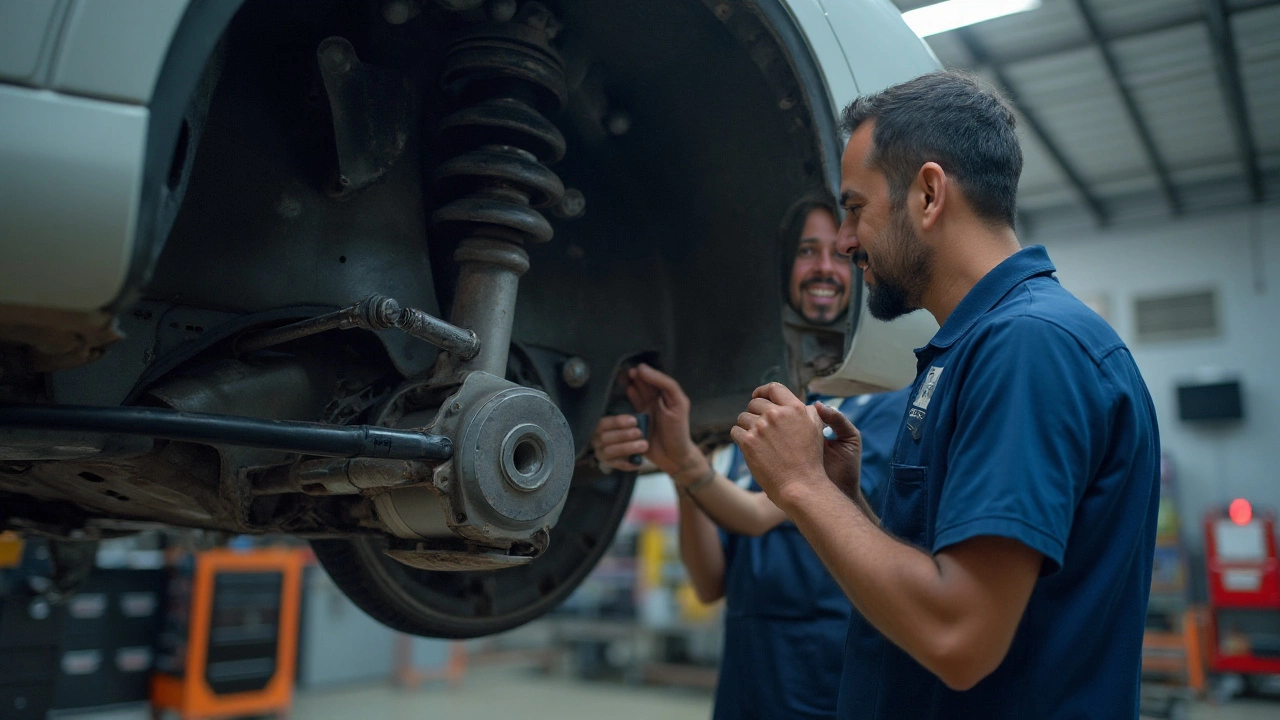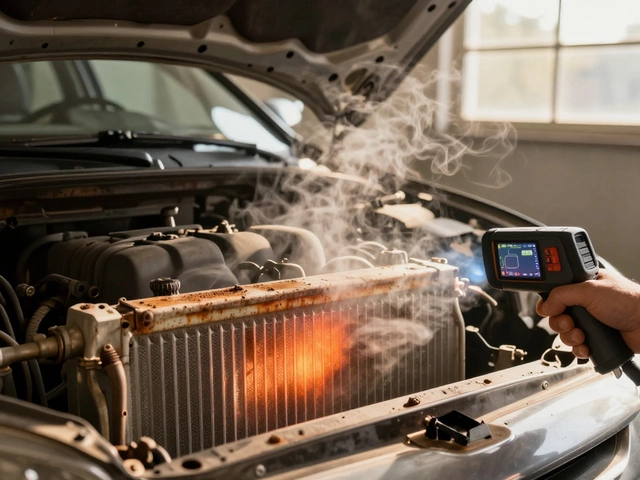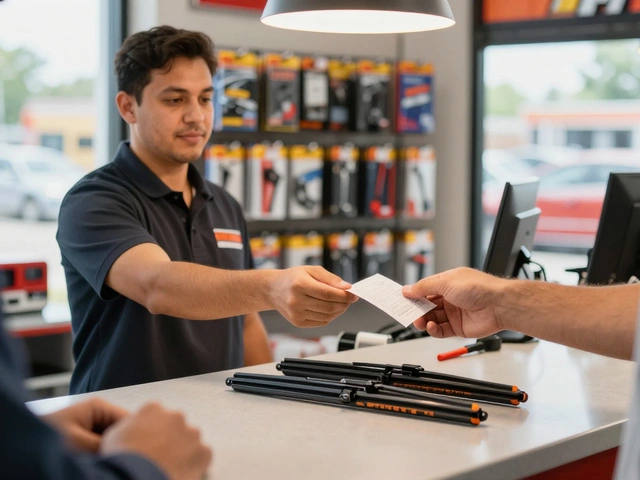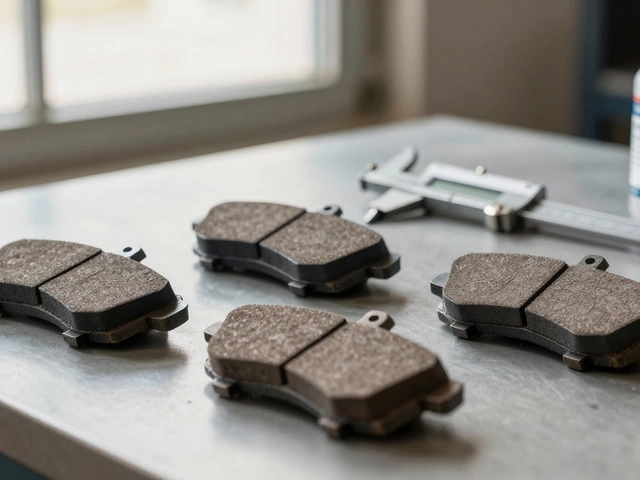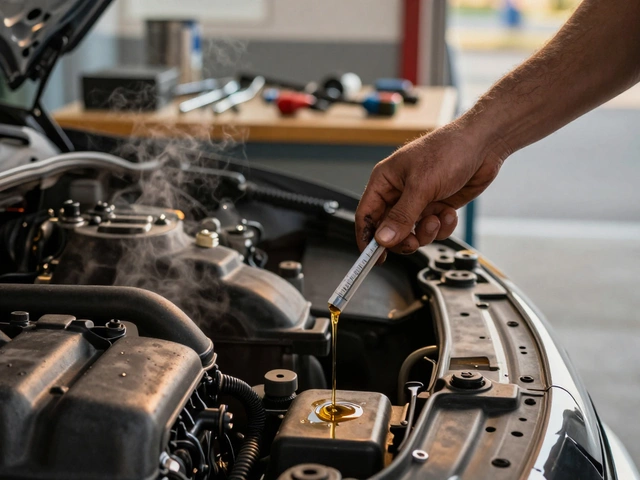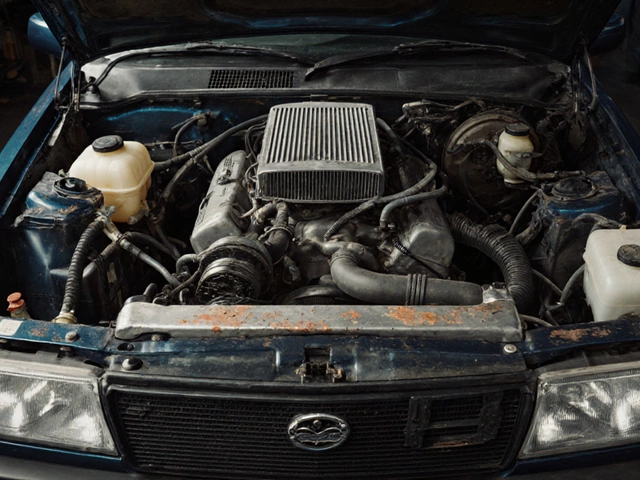Suspension Problems: Causes, Symptoms & Quick Fixes
If your car feels shivery, leans to one side, or makes clunking noises over bumps, the suspension is probably the culprit. Most drivers ignore these clues until the ride gets uncomfortable or the repair bill spikes. The good news? Many suspension issues are easy to spot and can be fixed before they turn into costly failures.
What Triggers Suspension Failures?
Every day your car’s suspension endures road bumps, potholes, and harsh braking. Over time, components like shocks, struts, bushings, and control arms wear out. Corrosion, bad mounting bolts, or a bent suspension arm can also cause trouble. The most common culprits are:
- Worn shocks or struts: They lose the ability to dampen motion, so you feel every pothole.
- Broken or sagging springs: A broken coil makes the car sit lower on that corner.
- Loose or damaged bushings: They let parts move where they shouldn’t, causing clunking sounds.
- Bent control arms or subframe: A hit from a curb can twist the metal, leading to uneven tire wear.
- Worn ball joints: When they go bad, steering feels vague and the wheel can wobble.
Knowing which part is most likely to give you trouble helps you target the right fix and avoid guesswork.
How to Diagnose & Fix Common Issues
Start with a quick visual and hands‑on check. Pop the hood and look at the struts – any oil leaks or dents? Grab a wrench and give each bolt a firm twitch; loose bolts are a red flag. Next, press down on each corner of the car. If it bounces more than once, the shock or strut is worn.
To see if a suspension component is bent, line up the wheel with the fender and look down the tyre sidewall. The tire should line up straight with the wheel well. Any angle means the arm is twisted. You can also lift the car with a jack, spin the wheel, and listen for metallic knocks – that often points to a bent strut or broken bushing.
When you’ve pinpointed the problem, decide whether you can DIY or need a pro. Replacing a worn shock is usually a one‑person job with the right jack stands. Swapping out bushings might need a press, so many owners take that to a shop. For bent control arms, it’s safer to let a mechanic straighten or replace them, because alignment is critical.
Don’t forget the most common suspension design – the MacPherson strut. It’s used on most modern cars and combines a shock and a coil spring into one unit. If you own a car with this setup, many of the symptoms above will trace back to the strut assembly. Check the top mount for cracks and the lower mount for rust.
Regular maintenance can save you headaches. Keep the suspension clean, especially after off‑road trips. A quick wash removes salt and grit that accelerate corrosion. Also, have your wheel alignment checked every 12,000 km or after hitting a big pothole.
Bottom line: listening to your car, doing a few simple checks, and replacing worn parts early will keep your ride smooth and safe. No need to wait for a big clunk to land you at the shop – a little attention now keeps big repair bills away.

What Are Signs of Worn Out Suspension? 7 Clear Warning Signs You Can't Ignore
Learn the 7 clear signs of worn out suspension that every driver should watch for-bouncing, uneven tire wear, steering issues, noises, and more. Don't ignore these warnings-they affect safety and cost more to fix later.
CONTINUE READING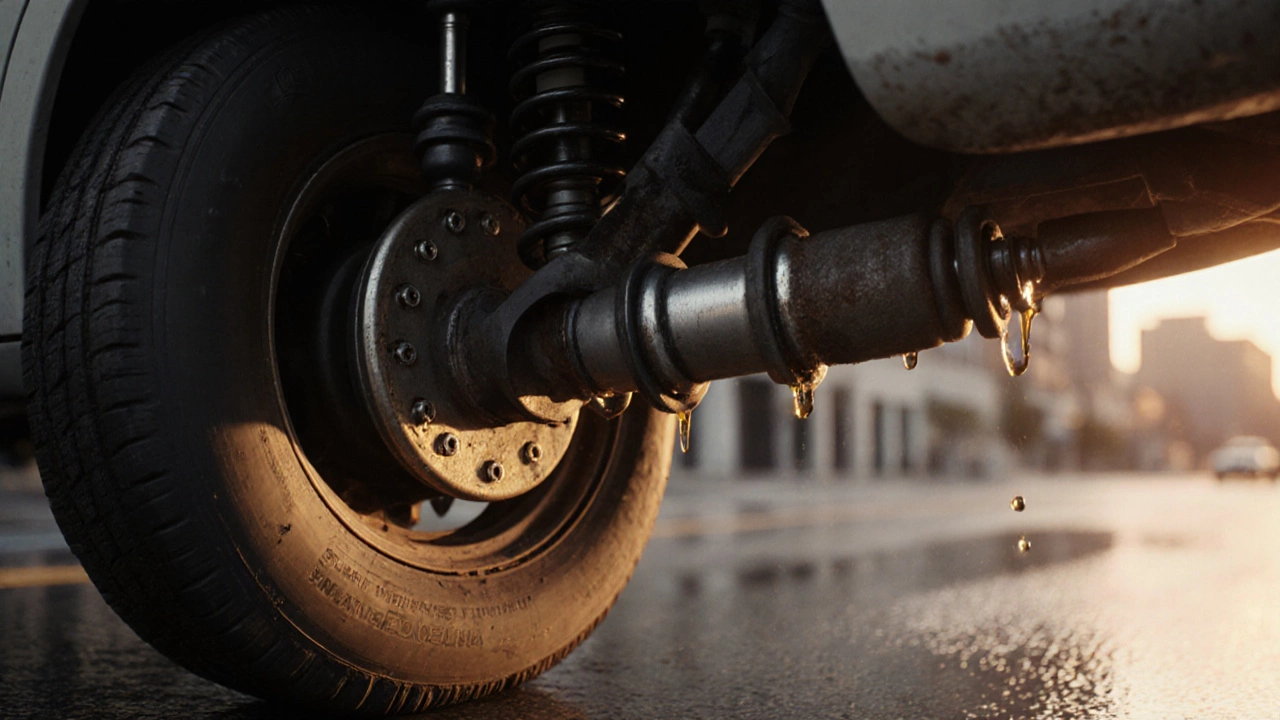
Most Common Suspension System Problem: Worn Shock Absorbers Explained
Discover why worn shock absorbers are the most common suspension problem, how to spot the signs, and step-by-step repair tips for smoother handling.
CONTINUE READING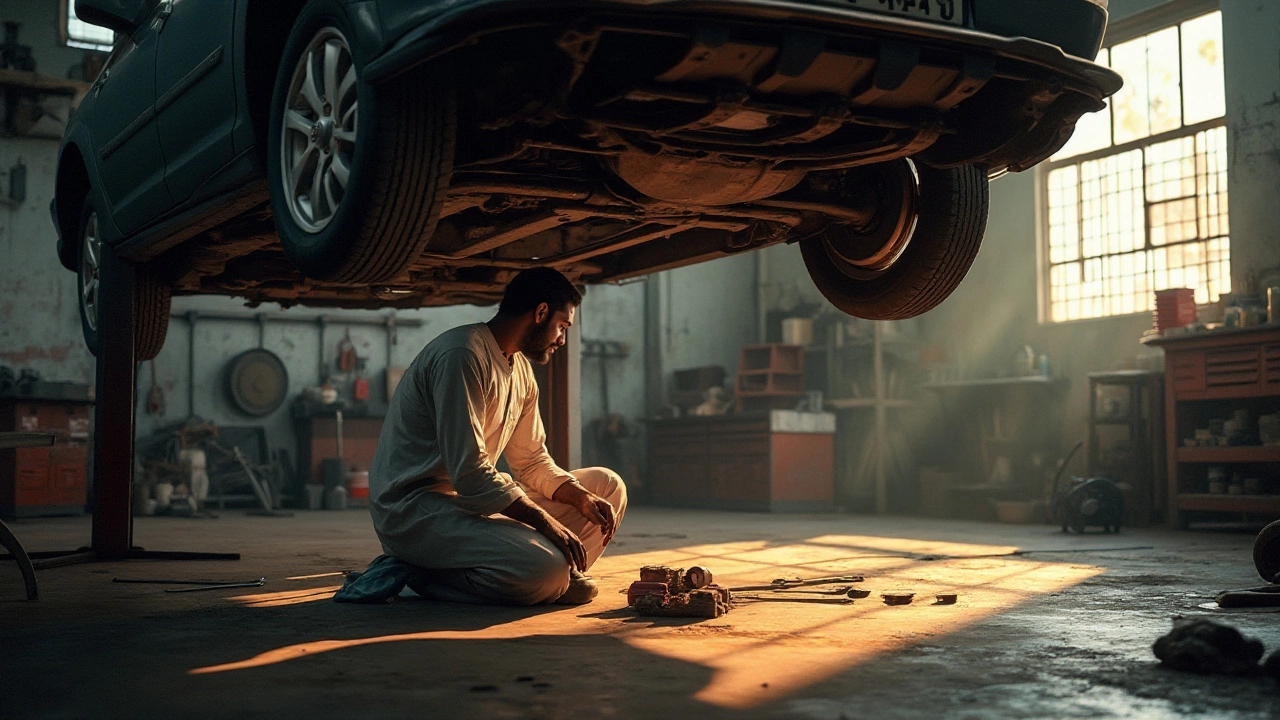
Understanding the Symptoms of a Failing Suspension System
A vehicle's suspension system is crucial for a comfortable ride, but knowing the signs of failure can save you from bigger headaches down the road. This article explores the indicators of a failing suspension, helping drivers spot potential issues early. Learn about the role of different suspension components, why they might wear out, and how to assess suspension health effectively. Whether you’re encountering unusual noises or a rougher ride, this guide offers insights and tips to keep your vehicle running smoothly.
CONTINUE READING

